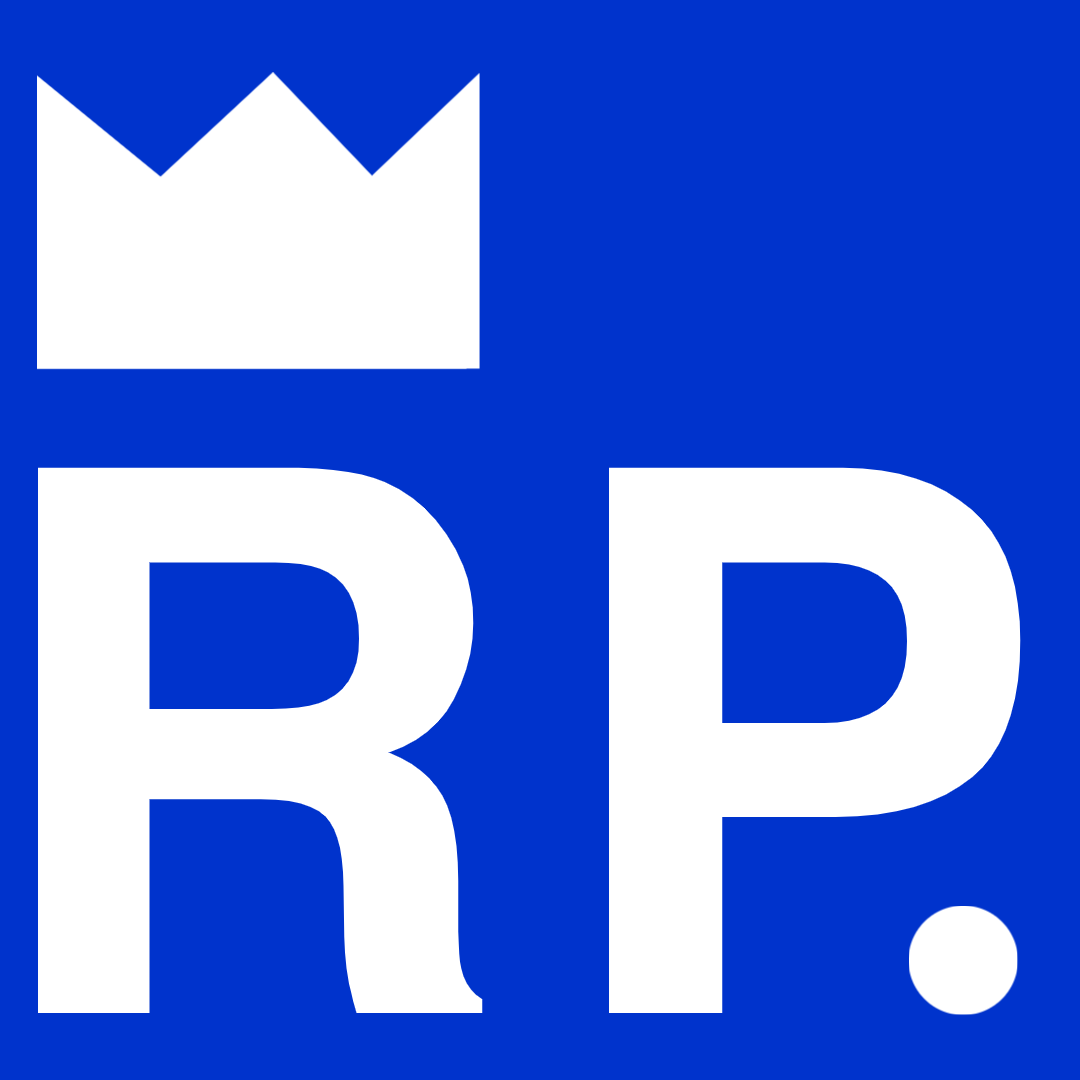What is “Alternative Music” and what is it alluding to?
Jan 27, 2022
The concept of a “genre” of music has been around for about as long as music has been sold and consumed as a product. As humans, we want to put things into a category with their similar counterparts. We do it for movies, television, books, paintings, sculptures, and theater. We label art as if it’s simple. The reality is that art is undefinable. There is no clearer proof of this than what falls under the label of music called, “Alternative.”
Ask someone what qualifies as country music, they’d probably be able to tell you that it usually includes guitar, banjo, fiddle, maybe a piano, and a singer with a heavy country accent. They’d probably have an opinion about it.
Ask someone what qualifies as rock and roll music, they’d probably tell you it’s usually pretty loud with a quick pace, and usually includes an electric guitar, bass guitar, loud drums, and maybe obscene lyrics.
Ask someone what qualifies as alternative music. They could give you any list of qualifications, instruments, lyrical content, look, sound, etc. and it would be correct and incorrect. There are no clear parameters for alternative music.
I firmly believe that the increasing popularity of the alternative genre is proof of the current and upcoming shift for artists to stray from the one-track mind value that many of the biggest music stars have been bound to for so many years.
At first, the main pop stars were using it for shock value. Miley Cyrus shifted in 2013 from her old Disney pop music to releasing her hip-hop/pop album, “Bangerz,” where she collaborated with rappers Nelly, Future, and Big Sean. Taylor Swift in 2014 made her first non-country album, 1989, which became the most awarded pop album in history with hits like “Shake It Off” and “Bad Blood,” which she remixed with Kendrick Lamar.
The success with these albums set a new trend for the music industry and liberated the pop stars to explore and experiment with other genres. Ariana Grande’s 2019 hit, “7 Rings,” combined pop, hip-hop, and a sample of the show tune, “My Favorite Things”.
Though genre-blending is somewhat of a new revelation within mainstream music, it is not a new concept. Artists have changed genres and combined different sounds before. Black artists are the trailblazers for this idea, and have been doing it for decades.
They were the creators of the genre we know today as rock music, when they combined gospel, blues, and jazz. In the 1950’s, Ray Charles merged R&B, the rhythm of jazz, and gospel-like vocals in his song, “I’ve Got A Woman.” Today, we have examples such as, “Old Town Road” by Lil Nas X, which became popular because of the oddity and catchiness of the pairing of banjo and trap-808. Artists such as Kendrick Lamar, Kanye West, and Tyler, the Creator are known for having blended genres throughout their entire careers.
Many black artists considered “rappers” don’t get as much acclaim as they should, however. Tyler, The Creator’s fourth studio album, “Flower Boy,” is considered alternative. His fifth studio album, “IGOR,” contained many similar elements and genre-blending, but won Best Rap Album at the Grammys.
This again begs the question, what is alternative music? It doesn’t have a specific sound, it doesn’t have a specific aesthetic, and it doesn’t have any kind of specific instruments that help identify what it is. It seems to function as a kind of junk drawer for the music that doesn’t fit anywhere else. Is the increase in alternative labels alluding to a shift in the industry, or is it paving the way for a genre-less future where art isn’t forced into categories
